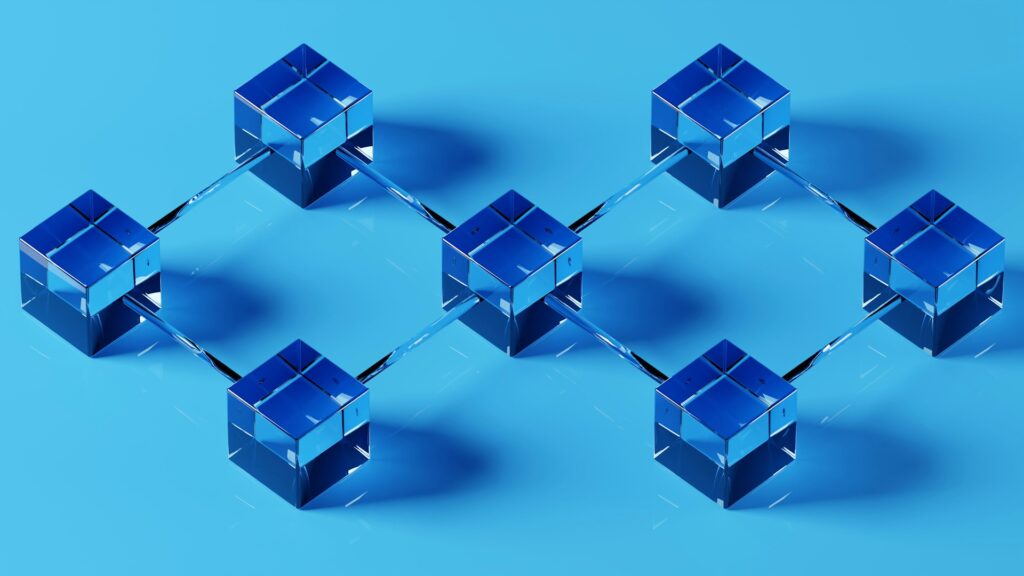Blockchain technology goes far beyond cryptocurrencies. For those who build systems or enjoy exploring new decentralized solutions, understanding the concept and possibilities of this technology can open doors to innovative projects.
So, what exactly is blockchain?
Blockchain is a type of distributed and immutable database. Instead of storing data on a central server, it distributes the information across multiple nodes (computers), ensuring transparency, security, and resistance to censorship or fraud.
Each set of data (the “block”) is linked to the previous one through encryption, forming a “chain”. Hence the name.
Main characteristics
- Decentralization: without a central server, data is replicated across all network participants.
- Immutability: once a block is added, it cannot be changed without network consensus.
- Transparency: anyone can verify transactions on public blockchain like Bitcoin or Ethereum.
Use cases beyond crypto
- Smart contracts: code that runs automatically when certain conditions are met. Widely used on Ethereum.
- Product traceability: in the supply chain, it’s possible to record each step of production and delivery.
- Digital identity: users control their data securely.
- Games and NFTs: ownership of digital assets on Web3 platforms.
Practical example: a simple smart contract
On Ethereum, using Solidity:
pragma solidity ^0.8.0;
contract HelloWorld {
string public message = "Hello, blockchain!";
function updateMessage(string memory newMessage) public {
message = newMessage;
}
}This contract stores a message and allows it to be updated. Simple, but it already shows the concept of state stored on the network.
Practical tips for those who want to get started
- Study Solidity (Ethereum) or Rust (Solana).
- Use tools like Remix, Hardhat, or Foundry to test smart contracts.
- Test on test networks (testnets) before publishing anything to the mainnet.
- Undestand the concepts of gas, wallets (like Metamask), and block explorers.
Conclusion
Blockchain isn’t a passing trend. It’s a technology with solid foundations and real-world applications. For software developers, mastering this stack can be a competitive advantage in the coming years – especially with the growth of the Web3 ecosystem.
Keep an eye on it. And if you want to experiment, start small: explore a DApp, play with smart contracts, understand what happens behind the digital wallet. The universe is big – and the code is open.
